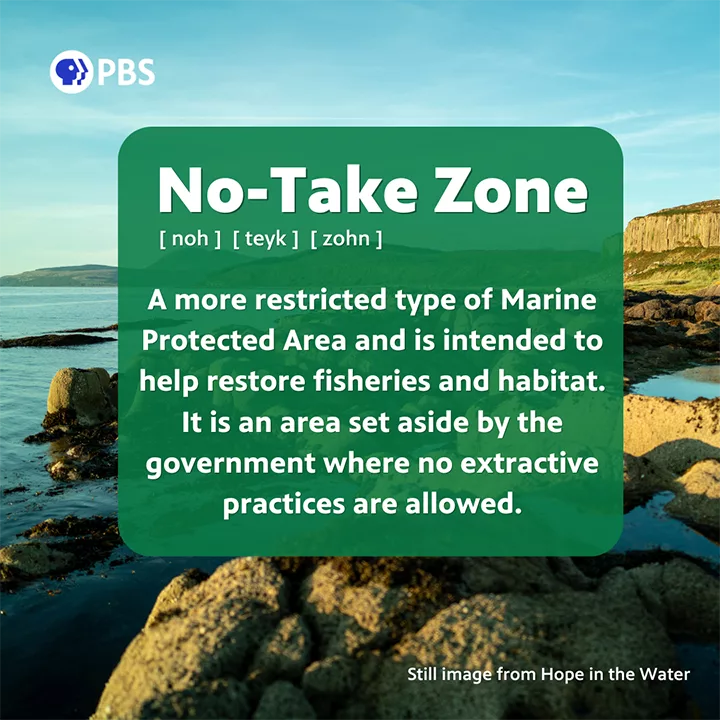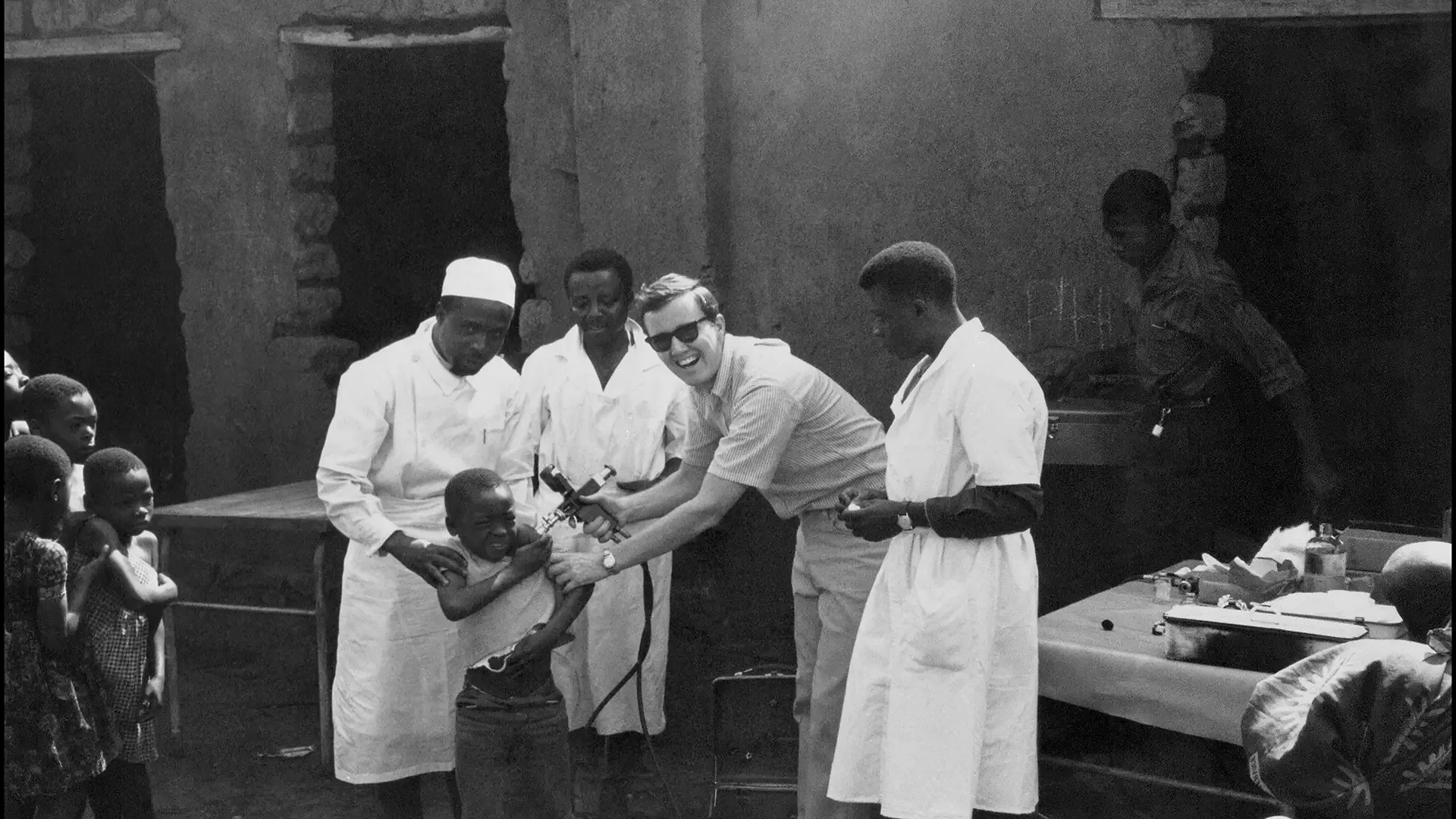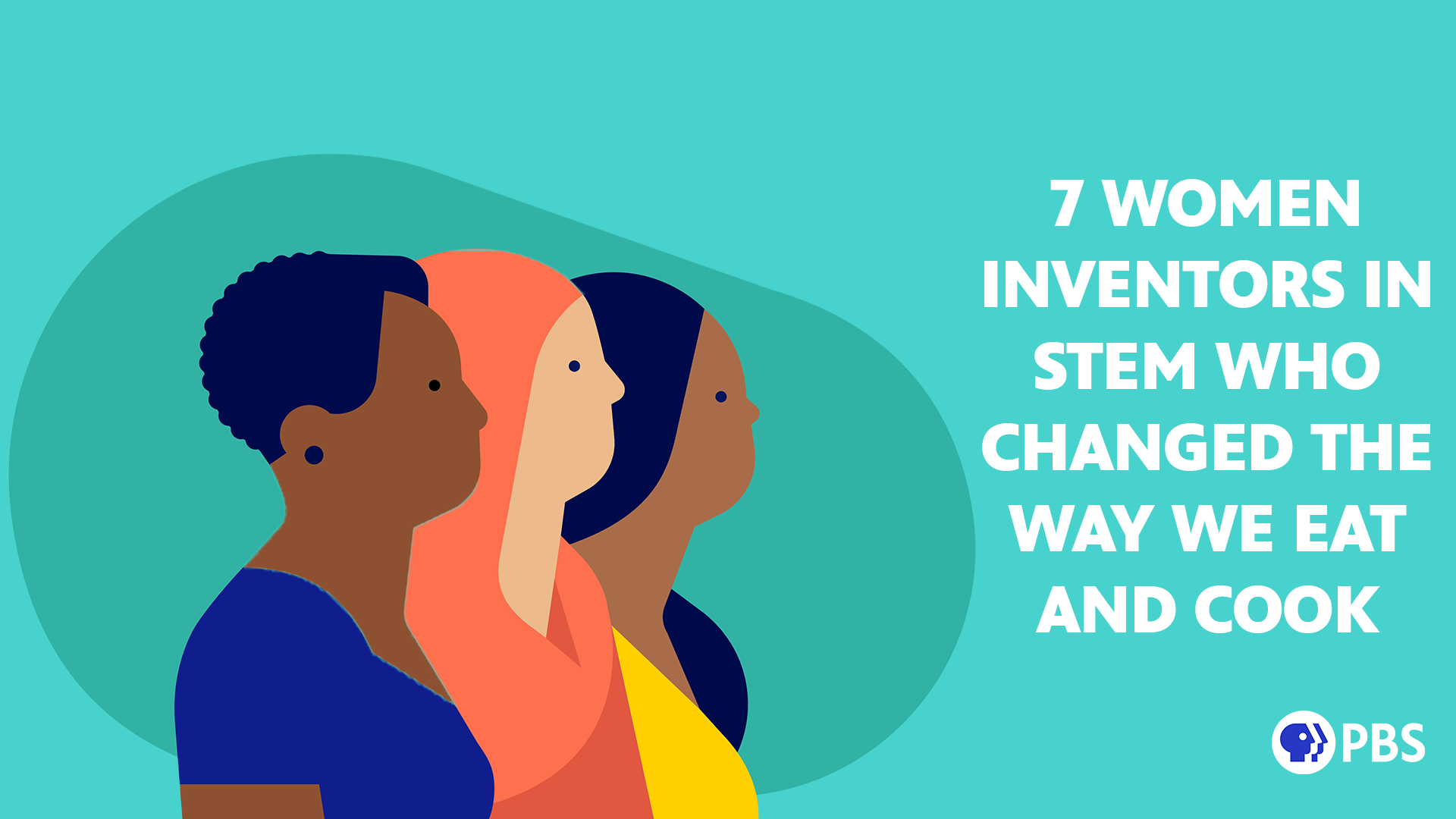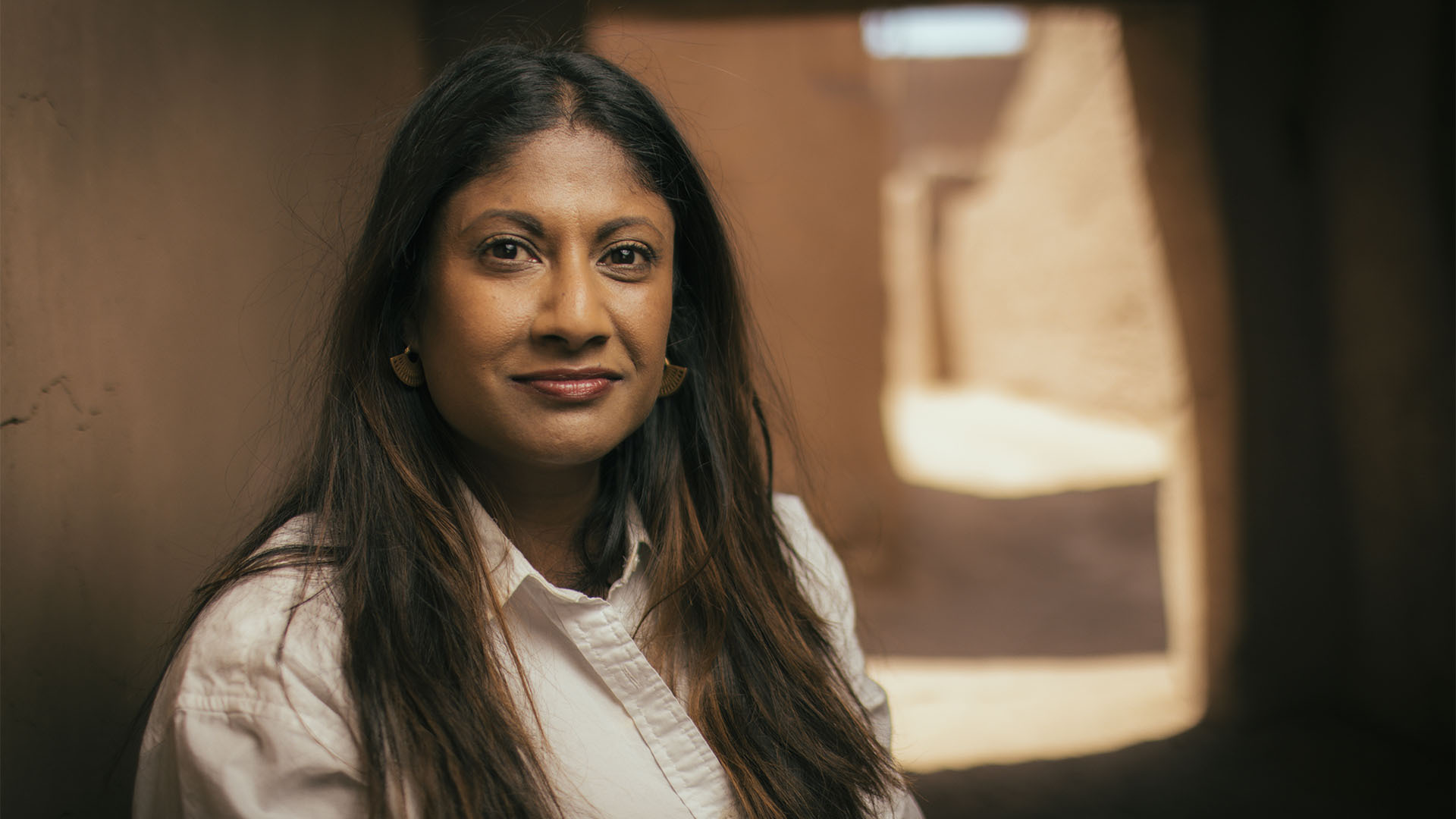Do you love seafood? Do you find you’re eating more and more of it?
Turns out, most of us are. Around the world, humans are eating twice as much seafood per person as we did fifty years ago. And while that may sound alarm bells, there’s still cause for hope. The new three-part series “Hope in the Water” asks the question: is there a sustainable way forward – to ensure we protect our threatened seafood ecosystems while also meeting our consumption needs?
This series explores the groundbreaking work of dedicated fishers, aqua farmers, and scientists who are attempting what was once thought impossible: harvesting aquatic species to feed our growing planet while saving our oceans. Joined by Baratunde Thurston, Martha Stewart, Shailene Woodley and José Andrés, we get an inside scoop of what the future of aquaculture can look like.
Hope In The Water | Extended Trailer
What Is Aquaculture?
So, what exactly is aquaculture? Aquaculture is the farming of seafood like fish, shellfish, and algae in bodies of water, and not only is aquaculture the fastest-growing form of food production today, but it has the potential to be the most environmentally-friendly. “Hope in the Water” highlights the ways in which these sustainable, environmentally-driven practices can show us a path for the future and help us protect and nourish our sea populations.
How Is Sustainable Aquaculture Practiced?
#1 Harvesting Scallops
While there are many ways sustainable aquaculture is implemented across the globe, one example of this is through the harvesting of scallops. Though wild scallops are typically caught through dredging – being dragged across the ocean floor – or collected one at a time through diving, farming for scallops can serve as a more environmentally-friendly and sustainable method.
In Episode 2, Martha Stewart joins Andrew Peters, a scallop farmer in Maine, where he and his crew grow scallops in Penobscot Bay. When scallops spawn, their “spat” or larvae are collected in nets placed in the water. The spat then continue to feed off nutrients in the water, are transferred to different types of gear, and grow until they’re ready to be harvested, typically after two years on the farm.
# 2 Harvesting Kelp
Like scallops, kelp forests also play a critical role in the ocean’s ecosystem by absorbing and removing carbon dioxide and producing oxygen. In addition to mitigating CO₂ levels, kelp forests provide nutrients and sustenance to oceanic species as well as a habitat for marine animals. Kelp is also highly nutritious and can make a good base for many food products.
Yet, more than 90% of kelp forests have vanished along the California coast, leaving many scientists searching for ways to solve this issue.

One solution to revitalizing kelp forests is through regenerative ocean farming and the creation of seaweed farms. Native Conservancy, a non-profit organization based out of Alaska featured in “Hope in the Water,” is at the forefront of assisting Alaska Native peoples to harvest kelp.
As we learn from Eyak Athabaskan Native and Native Conservancy Founder and CEO Dune Lankard, in order to start a kelp farm, one must first collect the “mother seed” in the ocean. After the seed is collected and deployed, the kelp is closely monitored over the course of the winter. Come spring, the kelp is finally harvested and processed.
# 3 Harvesting Abalone and Purple Sea Urchins
Episode 3 takes us to The Cultured Abalone Farm where Shailene Woodley meets with General Manager and Partner Doug Bush to learn about their process. Abalone is a big marine snail that possesses a distinct outer shell. Unlike other types of snails, however, abalone consume seaweed as their main food source.
Episode 3 takes us to The Cultured Abalone Farm where Shailene Woodley meets with General Manager and Partner Doug Bush to learn about their process. Abalone is a big marine snail that possesses a distinct outer shell. Unlike other types of snails, however, abalone consume seaweed as their main food source.
While there, Shailene witnesses how the farmers, using a seawater tank system, raise the abalone through their entire life cycle, from spawning all the way to harvest. To feed the abalone, staff use both seaweed that is sustainably harvested from local kelp beds as well as seaweed that is grown on site.
In addition to raising abalone, the farm also harvests purple sea urchins. Inside the shells of sea urchin rests the edible parts of the organism, the gonads, which is known as “uni.” Uni is considered a well-known delicacy all over the world, particularly in Japan. When the urchins are fed a proper amount of kelp, they begin to produce more uni.
Due to rising water temperatures, many oceanic species have dwindled in numbers, specifically starfish. An absence of these creatures has subsequently led to an overpopulation of purple sea urchin, which in return, has devastated marine kelp forests. Most notably, “The Blob,” a marine heat wave occurring along North America’s west coast between 2014-2017, produced detrimental effects to sea life. During this period of warming, purple sea urchins’ metabolic rates increased, resulting in these creatures consuming more – and sometimes too much – kelp. The farmers at The Cultured Abalone Farm hope that by removing the purple sea urchin from the ocean, they will be able to restore balance to the ocean ecosystems and allow for kelp to grow back again.
Support your local PBS station in our mission to inspire, enrich, and educate.
How Are Communities Leading the Way to Change?
# 1 No-Take Zones

While many have turned to farming for blue foods, “Hope in the Water” shows us other ways in which people are playing an important role to help our oceans and the many communities that rely on them.
As shown in Episode 1 of “Hope in the Water,” local divers and Founders of the Community of Arran Seabed Trust (COAST) Howard Wood and Don MacNeish led a community effort in the Isle of Arran, Scotland to establish a No-Take Zone Marine Protected Area in Lamlash Bay. A No-Take Zone is a protected area where extractive practices like fishing, dredging and more are prohibited.
The initiative was sparked after the two friends began to notice the coast’s seabeds were becoming significantly impacted by fishing boats and dredging, which is the removal of material from seabeds through the use of tines or forks. It is a practice that often inflicts disruption to the water’s natural ecosystem.
After 13 years of arduous campaigning, the No-Take Zone was implemented in 2008, covering 2.67 square kilometers.
As part of the agreement, the Scottish government made the commitment to monitor the No-Take Zone in Lamlash Bay, and in 2019, the results were collected: Scallops were four times more abundant, lobsters were up to four times more abundant, and the seabed cover doubled. In less than four years, the species in the area increased by 102 percent.
# 2 Diversifying the Catch
“Hope in the Water” introduces us to another inspiring duo in Puerto Rico who came together to create more sustainable fisheries and prevent overfishing of our oceans. At the same time, they aim to protect the communities who rely on fishing for their livelihoods and where it is a significant part of the culture.
In Episode 1, Baratunde Thurston accompanies Rodolfo Abrams and Raimundo Espinoza in Puerto Rico as they hunt for deepwater diamondback squid. A diamondback squid is a large species of squid – often growing up to 100 centimeters in length – found in tropical and subtropical waters worldwide. Founder and Executive Director of Conservación ConCiencia, Espinoza works with fishers like Abrams, the fishery sector, and the communities at large in Puerto Rico to implement sustainable fishing practices and to help them diversify their catch.
Puerto Rico’s Deepwater Squid Fishery got its start in the aftermath of Hurricane Maria in 2017. The cataclysmic storm devastated the island and its resources – destroying nearly all of the working boats and leaving people to search for basic sustenance and water.
Following the environmental disaster, Chef José Andrés and his team at World Central Kitchen stepped in to provide assistance. According to World Central Kitchen, “...more than 3.5 million people were left in critical need of food, water, shelter, and other basic necessities.” The organization worked quickly to round up supplies and also issued money for fishers who needed new boating equipment, motors, and tools.
By distributing money to fishers, Andrés viewed his organization’s support as a way to help invest in solutions – encouraging not only more food security for the island’s citizens, but also future economic stability. Espinoza, realizing how his background in writing proposals could contribute to Puerto Rico’s recovery efforts, ultimately helped more than thirty fishers apply to World Central Kitchen.
Fishadelphia, a community-supported fishery program, is also on a similar mission to diversify the catch. In the U.S. the top-consumed seafoods, salmon, tuna, and shrimp – also known as “The Big Three” – account for more than half of seafood Americans eat, and most of this is imported.
Working with a close network of regional harvesters on the Jersey Shore, Executive Director of Fishadelphia Dr. Talia Young and her team help bring fresh, local seafood to Philadelphia's diverse communities and aim to provide food options that go beyond The Big Three. The Fishadelphia team is focused on offering the community more diverse fish options, such as dogfish, that helps with mitigating overfishing of the most highly-sought out fish.
Looking to the Future
There is plenty to still learn and discover when it comes to the ocean. As humans, we have a responsibility to administer better practices that both protect the Earth while serving our communities.
“Hope in the Water” highlights forward-thinking people who are developing creative solutions and breakthrough blue food technologies that will dramatically shape the future of sustainable food.
Want to learn more? Stream “Hope in the Water” now on PBS.
Watch Hope in the Water

The best of PBS, straight to your inbox.
Be the first to know about what to watch, exclusive previews, and updates from PBS.




